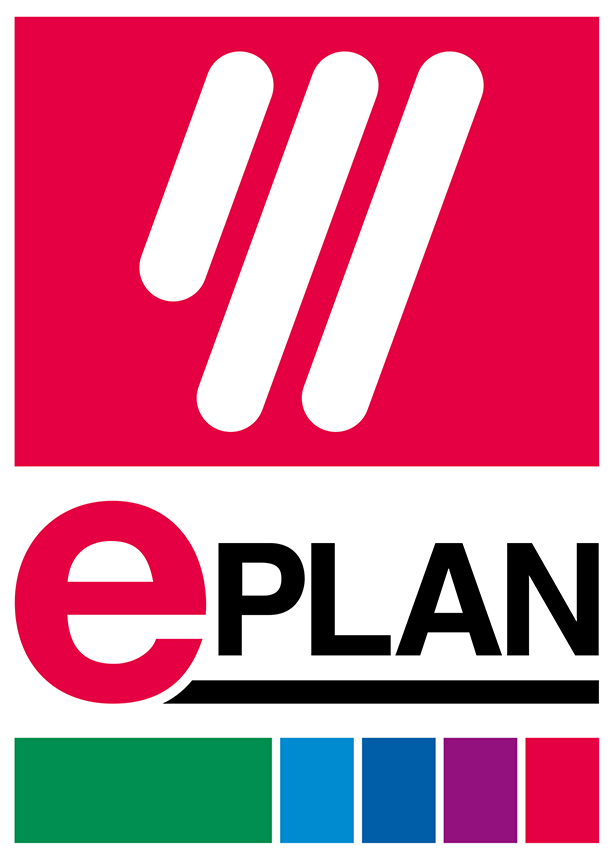
The Industrial Internet of Things (IIoT) offers many advantages to manufacturing and in our collaboration series, we have sought to showcase how this connectivity can enhance relationships in many parts of your business.
In the last of our four-part series, we look at what is arguably the most important collaboration partner you have – your customer.
Satisfying the customer is key in any business. Time and money are the variable factors that can have the most impact on that relationship. Successful manufacturers are always looking for ways to deliver a better product in the most cost effective manner. IIoT takes production into another realm of efficiency that can have valuable bearing on these customer relationships.
We’ve discussed collaboration from an in-house, vendor and machine perspective, and all of these can lead to more productive customer relationships. Treating your customers, both old and new, as partners is not a new concept, but the ways that we deliver on that concept are exponentially enhanced by the network that is being developed through the digitalization of the workplace.
With the appropriate infrastructure, this network allows a manufacturer to become a full lifecycle partner to their customer. Let’s look at what this means at the various stages of the production process.
Planning & Production
Once the work order comes in, the communication with the client can be spotty at best, especially if the in-house collaboration works along traditional lines. Shuttling the design between various departments can be time consuming and project management can be daunting. As we have illustrated in the first of our series, IIoT can offer a more fluid, interdisciplinary approach that can also mean better synergy with the customer.
By utilizing digital designs, manufacturers can communicate the design process more effectively and gain valuable input from the customer at key points of the planning stage. The ability to hold frequent mini-design reviews with the client allows them to offer input at key stages of the design process before the approval drawings are complete. This offers a much more efficient method of design and allows the end user to provide needed feedback that can let the design team know if they are headed in the right direction early in the process.
3D prototypes provide for easy visualization of the design while in a virtualized state, before they’re built, and can capture customer changes before metal is cut, thereby reducing cost and speeding manufacturing.
Post Production
Now more than ever we live in a “real time” world with the Internet providing instantaneous information and communication. This construct is impacting how individuals and businesses operate. Your customers will demand greater accountability and connection going forward. Documentation is one example of how this will evolve.
Paper documentation that accompanies machinery has always provided significant problems. The risk of damage or being misplaced is great. Keeping a digital record of a CAD project usually involves multiple incompatible file formats. When needed, this documentation can prove to be awkward and inefficient if maintenance needs to be done.
As IIoT evolves and customers become aware that this documentation can be better assimilated into the product they buy, this level of customer service will not just be considered value added, but mandatory.
Database-centric engineering software like EPLAN archive projects in one format and these can be revised as warranted. Digital documentation stays with the product throughout the life cycle and operates in “real time” with up to date information such as part substitutions, upgrades, and add-ons. This documentation can also be imported by the technician onto their device while they are in the field working on the machine.
These are just some of the ways IIoT is changing the dynamic while providing innovative ways for businesses to build a better product and provide added value to their relationship with their customers. These collaborative efforts, and the synergy they create, allow for continuous process improvement that means better products, better marketing and enhanced customer service. This is the future of production and the time to prepare for it is now.
Read the first three Collaboration Series articles:
Efficient Manufacturing Part One: Collaboration Between Departments
Efficient Manufacturing Part Two: Collaboration with Vendors
Efficient Manufacturing Part Three: Collaboration with Machines





